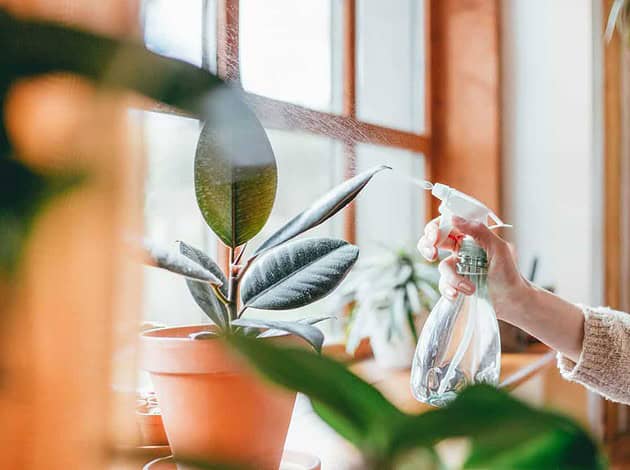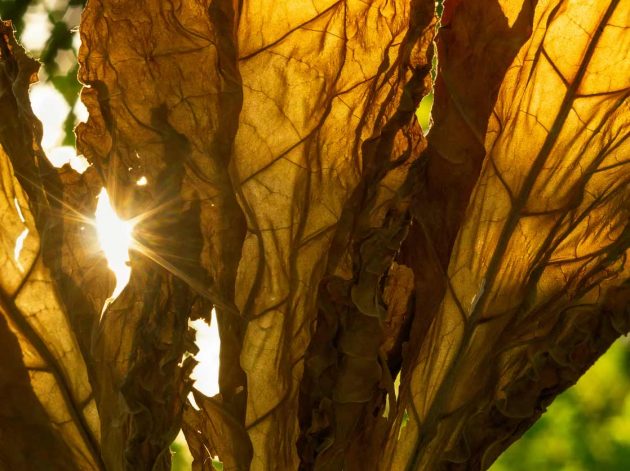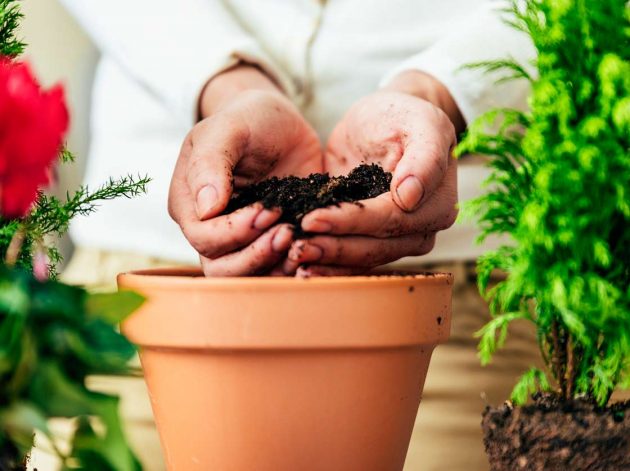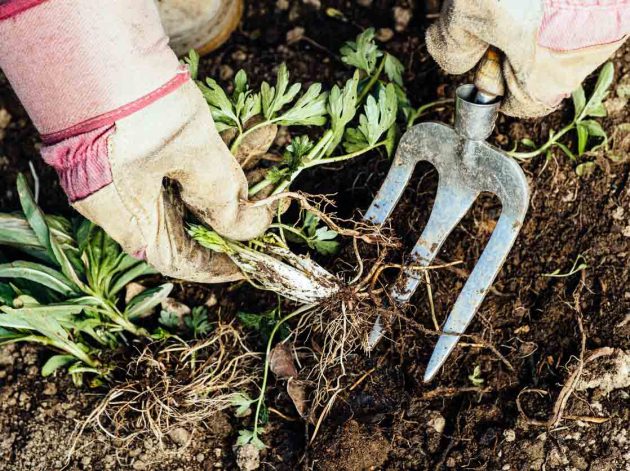You buy yourself a plant; You take care of it, water it, put it on the balcony, but something is wrong. Its leaves have turned from green to yellow overnight. But what happened? What does this mean? Before you give up the plant for loss, review these tips that will help you understand the reasons why the leaves of your plant have changed color and how to fix it.
A good indoor plant can be ideal for the interior decoration of your home or garden. But don’t panic if it suddenly changes color. In some way or another, if you have had plants, surely you have already gone through this process when you saw certain leaves turn yellow. Well, the yellow color in the leaves of plants has a name: chlorosis. This occurs when the leaf lacks chlorophyll, which is the nutrient that the plant manufactures to feed itself and which is responsible for the color of the plant.
It is best to solve it in time because otherwise, the plant could die. As we have mentioned, chlorosis can occur due to various causes, we show you several aspects that you must take into account if you want the leaves of your plants to shine again with the green of nature.
Water
If the color yellow permeates all the leaves of your plants or many of them, perhaps one of the problems is that, without realizing it, you are literally drowning your plant. It is then likely that the plant has too much water.
Besides, another option is that the land does not have good drainage and mud forms. Touch the ground with your fingers, and try to move it. If you notice it is caked and always wet, it is effectively not draining well. To solve it, you will only have to aerate the soil, remove it, and mix it again with sand. In case it doesn’t work, transplant it to another pot.
Luminosity
As we have explained, plants need sunlight to photosynthesize. If you have placed it in an area where it does not give much light, then you will see how the leaves that are in the area with more shade will turn a very pale yellow, almost white.
On the other hand, excess light can also be detrimental to certain types of plants that must be grown in the shade or semi-shade. An example of this occurs with the leaves of zamioculcas and kalanchoe daigremontiana, which turn yellow if you leave them in direct sunlight.
The iron
But if your leaves keep turning yellow, then you should check their nutrients. If the substrate where the plant is planted has a PH incompatible with the plant’s needs, the absorption of iron may be affected and iron chlorosis occurs. You will notice this problem when you check the leaf, which will turn yellow but the rib will remain green.
This problem is typical of acidophilic plants, such as rhododendrons, azalea, camellias, and hydrangeas.
Nitrogen
Did you know that the main compounds that plants absorb to synthesize their sustenance are phosphorus, potassium, and nitrogen? So that’s it. The nitrogen enhances the green color of the leaves, also contributes to growth, while phosphorus and potassium act directly on the roots and the flowering of the plant.
For example, this can be observed in pothos or Adam’s rib when they have spent a long time in the same pot, which begins to be small and the substrate depletes all the nutrients.


















